Pinning plasma within a set of magnetic fields offers physicists a new way to study clean energy, space weather and the inner workings of stars.
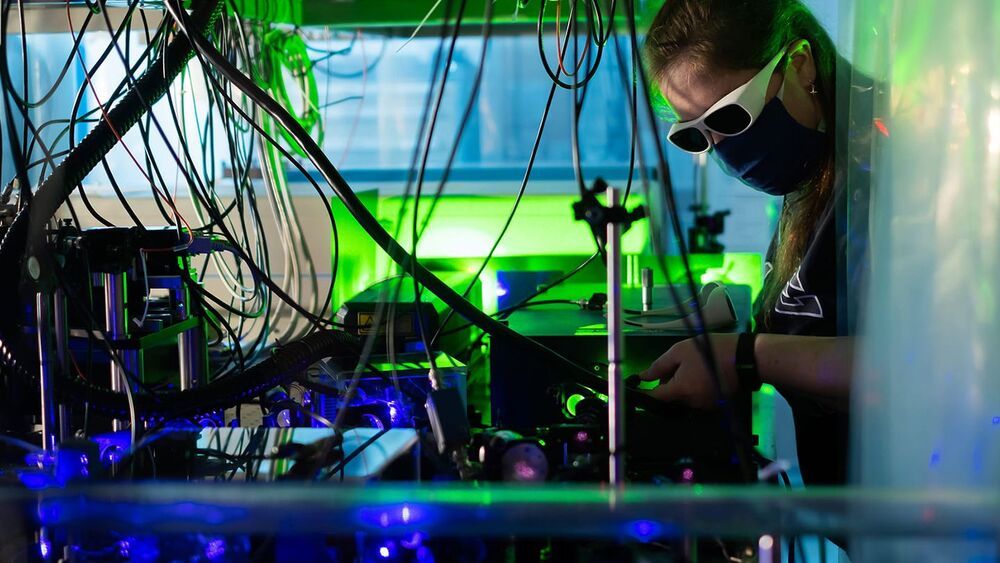


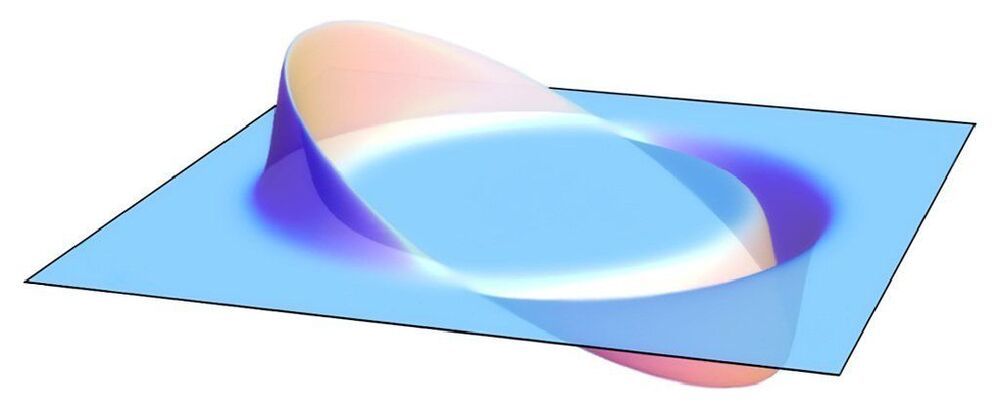
The idea of a warp drive taking us across large areas of space faster than the speed of light has long fascinated scientists and sci-fi fans alike. While we’re still a very long way from jumping any universal speed limits, that doesn’t mean we’ll never ride the waves of warped space-time.
Now a group of physicists have put together the first proposal for a physical warp drive, based on a concept devised back in the ’90s. And they say it shouldn’t break any of laws of physics.
Theoretically speaking, warp drives bend and change the shape of space-time to exaggerate differences in time and distance that, under some circumstances, could see travelers move across distances faster than the speed of light.
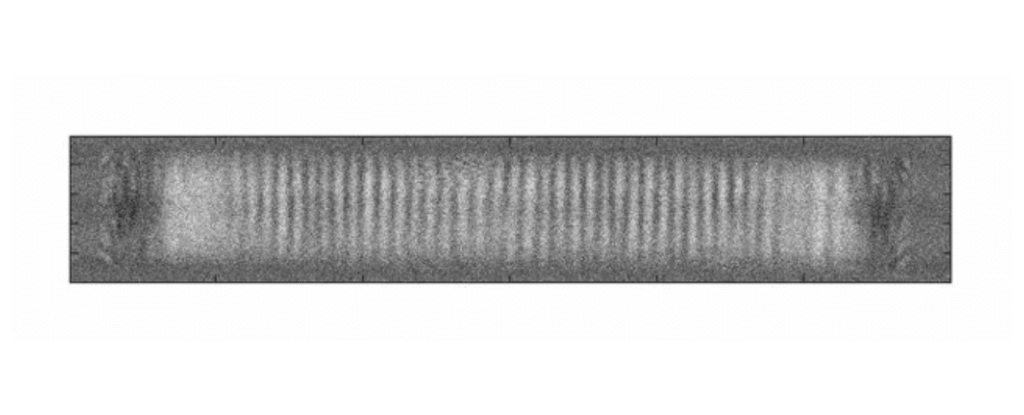
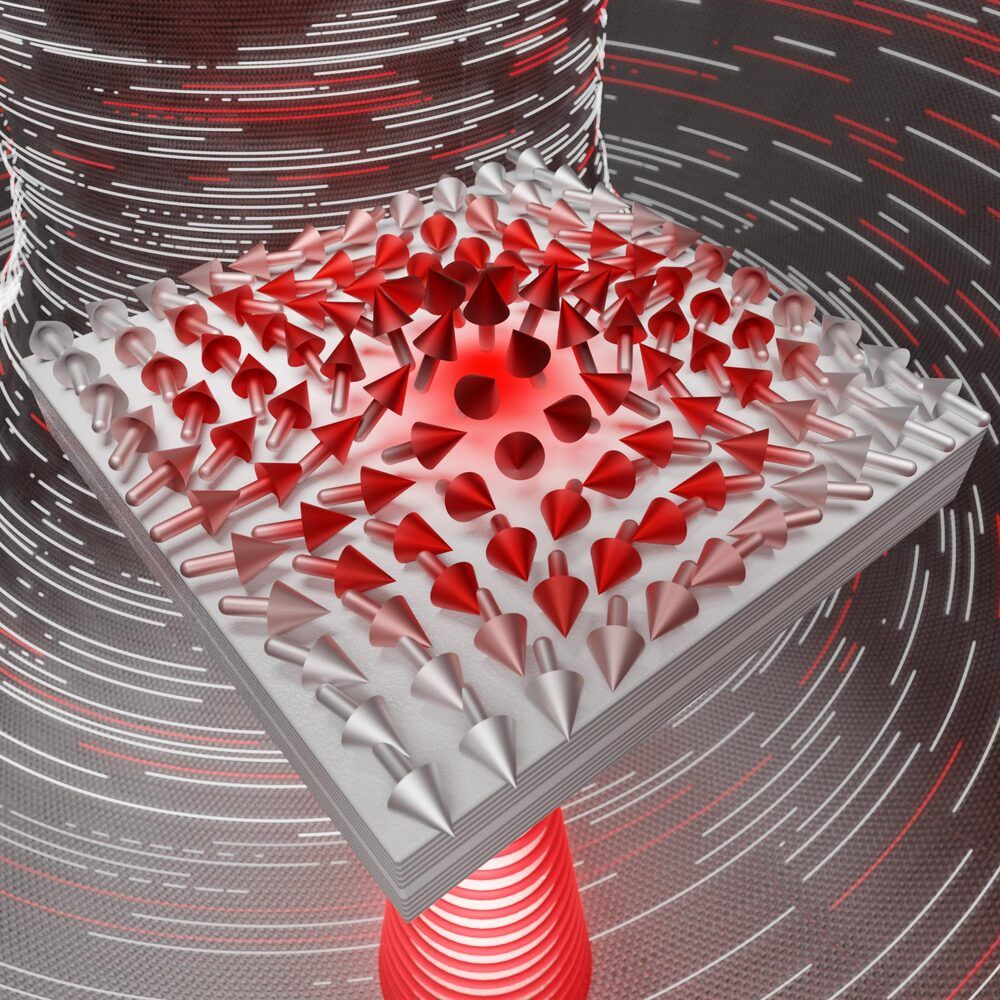
😃
Scientists have demonstrated how to structure light such that its polarization behaves like a collective of spins in a ferromagnet forming half-skyrmions (also known as merons). To achieve this, the light was trapped in a thin liquid crystal layer between two nearly perfect mirrors. Skyrmions, in general, are found, e.g., as elementary excitations of magnetization in a two-dimensional ferromagnet but do not naturally appear in electromagnetic (light) fields.
One of the key concepts in physics, and science overall, is the notion of a “field” that can describe the spatial distribution of a physical quantity. For instance, a weather map shows the distributions of temperature and pressure (these are known as scalar fields), as well as the wind speed and direction (known as a vector field). Almost everyone wears a vector field on their head — every hair has an origin and an end, just like a vector. Over 100 years ago L.E.J. Brouwer proved the hairy ball theorem which states that you can’t comb a hairy ball flat without creating whorls, whirls (vortices), or cowlicks.

Previous ideas about how to make these hypothetical devices have required exotic forms of matter and energy that may not exist, but a new idea for a warp drive that doesn’t break the laws of physics may be theoretically possible. However, it may not be practical in the foreseeable future because it requires ultra dense materials.
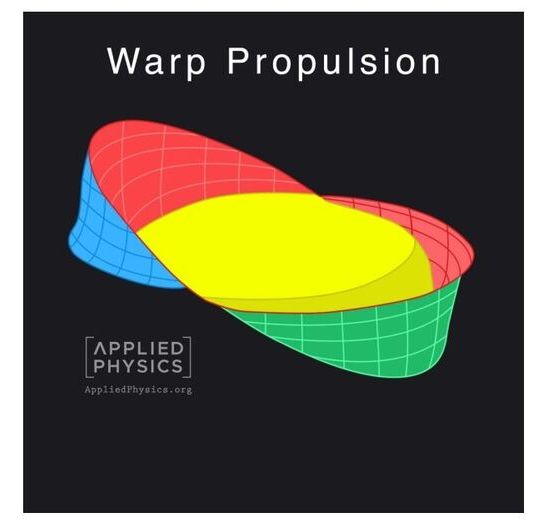
NEW YORK—(BUSINESS WIRE)—Scientists at Applied Physics are excited to announce they have recently constructed the first model of physical warp drives.
“While we still can’t break the speed of light, we don’t need to in order to become an interstellar species” Tweet this
Applied Physics is an independent group of scientists, engineers, and inventors that advise companies and governments on science and technology for both commercial and humanitarian applications.
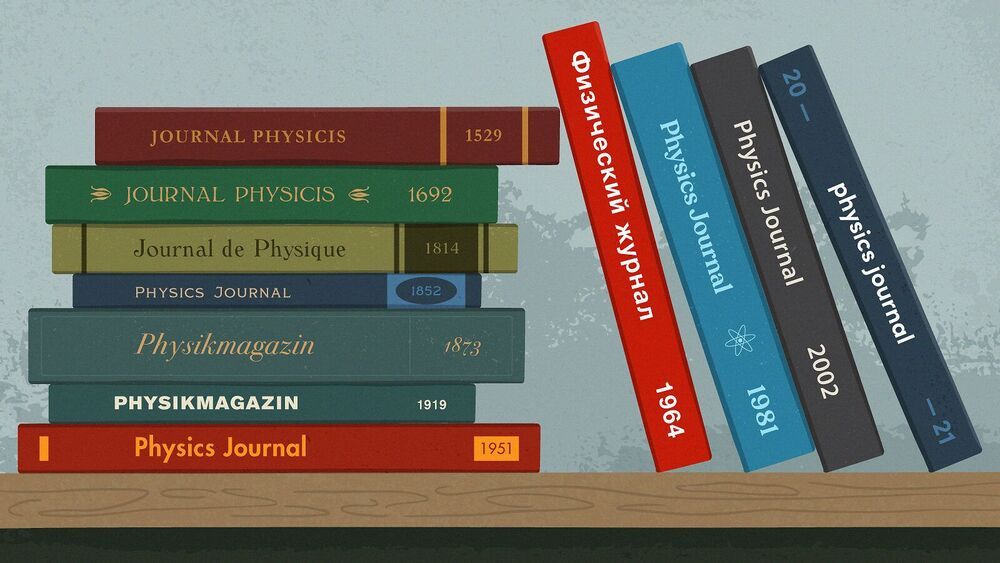
Laser-cooled plasma-in-a-bottle could answer questions about the sun, fusion power. Rice University physicists have discovered a way to trap the world’s coldest plasma in a magnetic bottle, a technological achievement that could advance research into clean energy, space weather and astrophysics.
Neil deGrasse Tyson, American astrophysicist, cosmologist, planetary scientist, author, and science communicator, gives one of the most eye opening interviews you will ever hear.
►Inspired? Get Neil’s book, Astrophysics for People in a Hurry: https://amzn.to/2Mm3YSc.
Thank you to Tom Bilyeu for providing the amazing interview! Check out his awesome channel here for more: https://www.youtube.com/TomBilyeu.
Join us every week for new videos from the greatest minds: http://bit.ly/SubscribeHub.
“On my tombstone, I want the epitaph to read: Be ashamed to die until you have scored some victory for humanity.“
― Neil deGrasse Tyson.
If you know someone who could use this video, share it with them!
——————————————————————
►Follow MotivationHub.